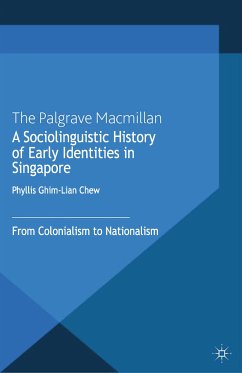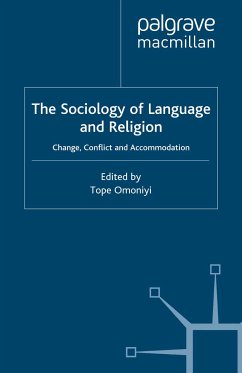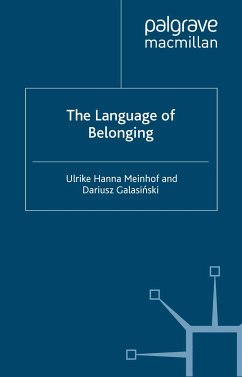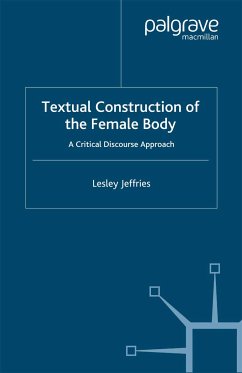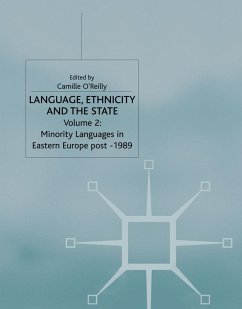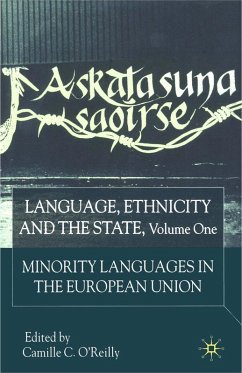
Folk Stories and Personal Narratives in Palestinian Spoken Arabic (eBook, PDF)
A Cultural and Linguistic Study
Versandkostenfrei!
Sofort per Download lieferbar
40,95 €
inkl. MwSt.
Weitere Ausgaben:

PAYBACK Punkte
20 °P sammeln!
By analysing the folk stories and personal narratives of a cross-section of Palestinians, Sirhan offers a detailed study of how content and sociolinguistic variables affect a narrator's language use and linguistic behaviour. This book will be of interest to anyone engaged with narrative discourse, gender discourse, Arabic studies and linguistics.
Dieser Download kann aus rechtlichen Gründen nur mit Rechnungsadresse in A, B, BG, CY, CZ, D, DK, EW, E, FIN, F, GR, HR, H, IRL, I, LT, L, LR, M, NL, PL, P, R, S, SLO, SK ausgeliefert werden.



